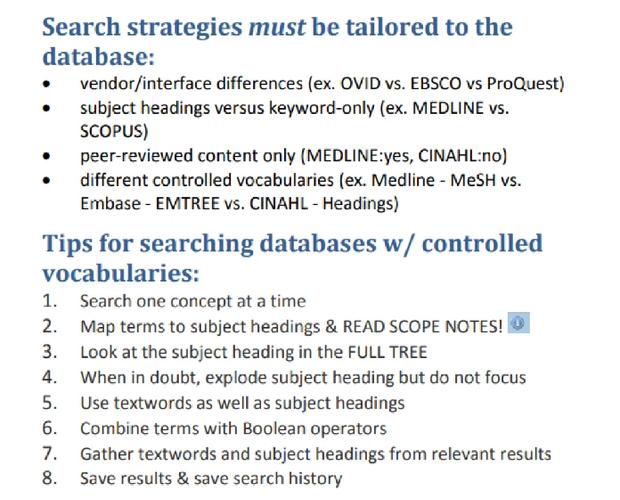
Advanced Topics in Machine Learning: A Detailed Overview
Machine learning has evolved significantly over the years, with numerous advanced topics emerging to address complex challenges in various fields. In this article, we will delve into some of the most intriguing advanced topics in machine learning, providing you with a comprehensive understanding of their concepts, applications, and potential impact on the future of technology.
Neural Networks and Deep Learning
Neural networks, inspired by the human brain, have revolutionized the field of machine learning. Deep learning, a subset of neural networks, has enabled machines to perform tasks that were once considered impossible. By utilizing layers of interconnected nodes, deep learning models can process vast amounts of data and extract meaningful patterns. Applications of deep learning include image recognition, natural language processing, and autonomous vehicles.

| Applications | Deep Learning Models |
|---|---|
| Image Recognition | Convolutional Neural Networks (CNNs) |
| Natural Language Processing | Recurrent Neural Networks (RNNs) and Long Short-Term Memory (LSTM) networks |
| Autonomous Vehicles | Deep Reinforcement Learning |
Reinforcement Learning
Reinforcement learning is a branch of machine learning that focuses on training agents to make decisions in an environment to maximize a cumulative reward. Unlike supervised learning, where the agent is provided with labeled data, reinforcement learning involves learning from the consequences of its actions. This approach has been successfully applied to various domains, such as robotics, gaming, and finance.
One of the most notable applications of reinforcement learning is AlphaGo, an AI program developed by Google DeepMind. AlphaGo defeated the world champion in the game of Go, showcasing the potential of reinforcement learning in complex decision-making tasks.
Generative Adversarial Networks (GANs)
Generative adversarial networks (GANs) are a class of deep learning models that consist of two competing networks: a generator and a discriminator. The generator creates new data instances, while the discriminator tries to distinguish between real and generated data. This adversarial process allows GANs to generate high-quality, realistic images, videos, and audio.
Applications of GANs include image generation, style transfer, and data augmentation. GANs have also been used to generate synthetic medical images, which can be valuable for training medical professionals and improving the accuracy of diagnostic tools.
Transfer Learning
Transfer learning is a technique that allows a machine learning model to leverage knowledge gained from one task to improve performance on another related task. This approach is particularly useful when dealing with limited labeled data or when the target task is similar to the source task.
Transfer learning has been successfully applied in various domains, such as computer vision, natural language processing, and speech recognition. By utilizing pre-trained models, transfer learning can significantly reduce the time and resources required for training new models.

Ensemble Methods
Ensemble methods combine the predictions of multiple models to improve the overall performance. By leveraging the strengths of different models, ensemble methods can achieve better accuracy and robustness compared to individual models.
Some popular ensemble methods include bagging, boosting, and stacking. Bagging involves training multiple models on different subsets of the data and combining their predictions. Boosting, on the other hand, focuses on sequentially training models, where each subsequent model tries to correct the mistakes made by the previous ones. Stacking involves training a meta-model to combine the predictions of multiple base models.
Conclusion
Advanced topics in machine learning continue to push the boundaries of what is possible in the field. From neural networks and deep learning to reinforcement learning, GANs, transfer learning, and ensemble methods, these topics have the potential to revolutionize various industries and shape the future of technology. By understanding these concepts and their applications, you can better appreciate the advancements in machine learning and their impact on our lives.




